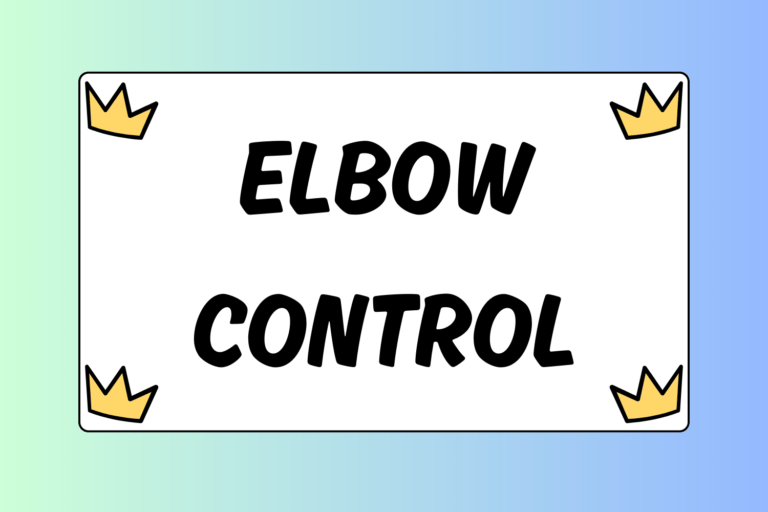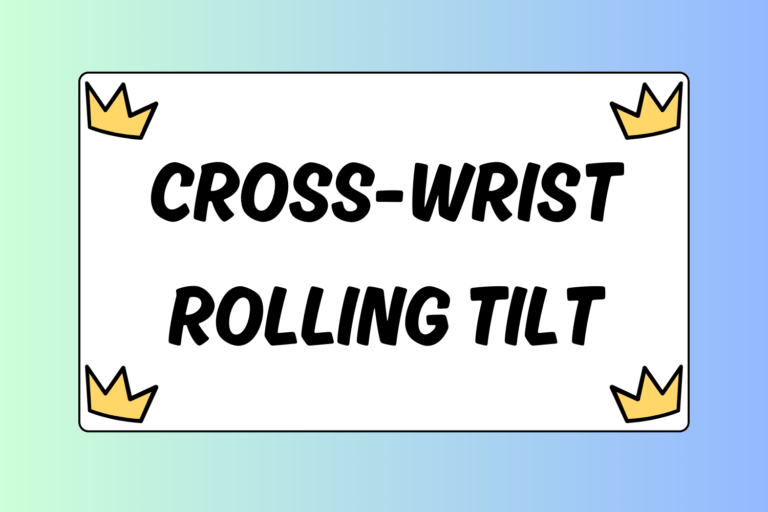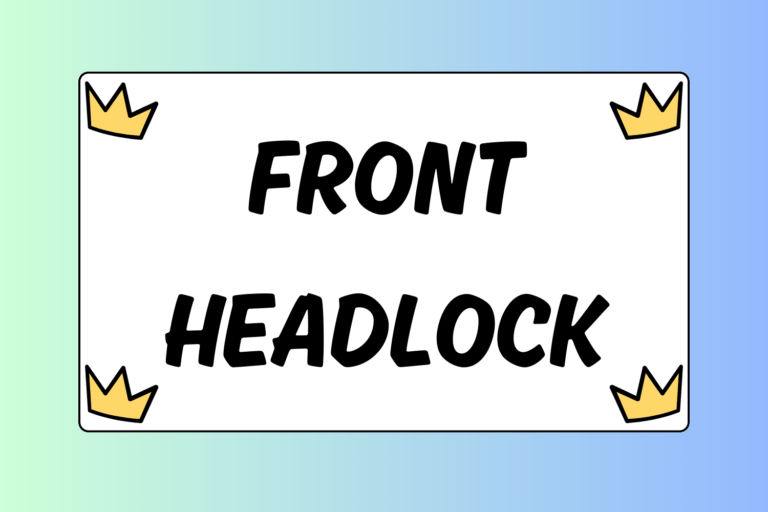One of the best ways to strengthen your lower body is through bodyweight exercises. If you are not familiar with them, bodyweight exercises are designed to use the weight of your own body as resistance, rather than free weights or an exercise machine. Bodyweight strength training is practical because you can do them virtually anywhere and only minimal (if any) equipment is required. Also, it’s beneficial for your overall strength because it requires you to use more muscle groups in order to complete each exercise. In this guide, you’ll learn about some lower body bodyweight exercises that are critical for success in wrestling.
Bodyweight Squats
This exercise is exactly what it sounds like: Squats, using only your bodyweight for resistance. All wrestlers should be doing bodyweight squats regularly. This is especially important for beginning wrestlers who are just starting a strength training regimen — before you can start using a bar and weight on your squats, you must first be able to do them with just your bodyweight.
Bodyweight squats help to strengthen all of the major muscle groups in your legs, including your quadriceps, hamstrings, glutes, and calves. Squats also strengthen your core. All of these muscle groups are important for generating “explosive” movements in wrestling, like taking an opponent down or escaping from your opponent’s control.
When squatting, make sure your feet are slightly wider than shoulder-width apart with your toes slightly pointed outward. From here, you will bend your knees and lower your body, and then push it back up again. Here are a few tips on how to do a good squat:
- Hips back: As you bend your knees and lower your body, push your hips and buttocks backwards, as if you were sitting down. This helps you stabilize your body and get the maximum benefit of the workout. It may help to place a chair or weight bench behind you as a target you can push your hips towards, and it will remind you to push your hips back rather than straight down.
- Arms out: If you are having trouble balancing, it can make your squat a little easier if you extend your arms outward, directly in front of you, as you squat. This counter balances your weight when your hips are being pushed backwards while you squat down.
- Knees and feet in a line: Try to keep your knees directly above your feet. Avoid rocking your weight forward on your toes. Drive your weight down and through your heels to stabilize your body as your squat.
- Get low!: The lower you go in your squat while maintaining good form, the better. At the very minimum, lower your body until the bends of your knees make 90-degree angles. If your flexibility allows, try to lower your body until your buttocks touch your heels — keep your heels on the ground, head and chest up, and keep pushing your hips back. Getting low allows you to build greater power and flexibility in both legs.
- Head & chest up: Always keep your head and chest up as you squat; don’t bend over or lower your head. It may help to look up at the ceiling as you squat to remind yourself keep your upper body in good posture.
Calf Raises
The best way to build the muscles in your calves and lower legs is by doing calve raises. This is a simple exercise in which you stand on a raised surface (like the edge of a step) and put most of your bodyweight on your toes. Lower your heels below whatever you are standing on, and then push your body back up using your calf muscles. These raises help improve the overall strength in your lower body, which ultimately affects how quick your lower legs will be able to move.
A good place to do calve raises is on a stair. Stand so that your toes are solidly planted towards the end of the stair and your heels are hanging off. Your toes will be supporting your bodyweight. Lower your body below the level of the stair, and then push yourself up. If you need some help balancing, find a set of stairs near a wall or with a railing.
Lunges
Lunges are another great workout that will help you strengthen all the major muscle groups in your legs. Lunges work your glutes, hamstrings, quadriceps, and calves, as well as other parts of your lower body. This workout not only strengthens your lower body, but it also improves your overall balance, which is critical to success at all levels of wrestling.
To do a lunge, start standing up with your feet together. Take a big step forward with one and bend your knee. Your back leg stays put, and you’ll lower your body until the knee of your back leg touches the ground. Here are a few tips on how to do a good lunge:
- Vary the distance: By varying the distance of your front leg you, you will work different muscles. Taking a smaller lunge forward and keeping your front leg closer to your body will work your quadriceps more. Taking a larger lunge will work the hamstrings more. Mix up the length of your lunges to get the full benefit of this workout.
- Toes pointed forward: Keep the toes of both feet pointed forward when you lunge. This forces you to control your balance on the way down and on the way up when you bring your feet back together after each lunge.
- Head & chest up: Keep your head and chest up when you lunge to practice proper posture. It may help to put your arms out to the side for balance, or on your hips for a more challenging workout.
A Good Start
Bodyweight exercises are one of the most beneficial ways to build strength, lose weight, and improve your overall physical conditioning for wrestling. This is extremely important for wrestlers who are just starting out. Before you can advance to lifting heavy weights with your lower body, you must first learn how to control your own bodyweight. In time, these exercises — combined with a rigorous strength training program involving free weights, resistance bands, and other equipment — will help build strength that is tough for any opponent to handle!





